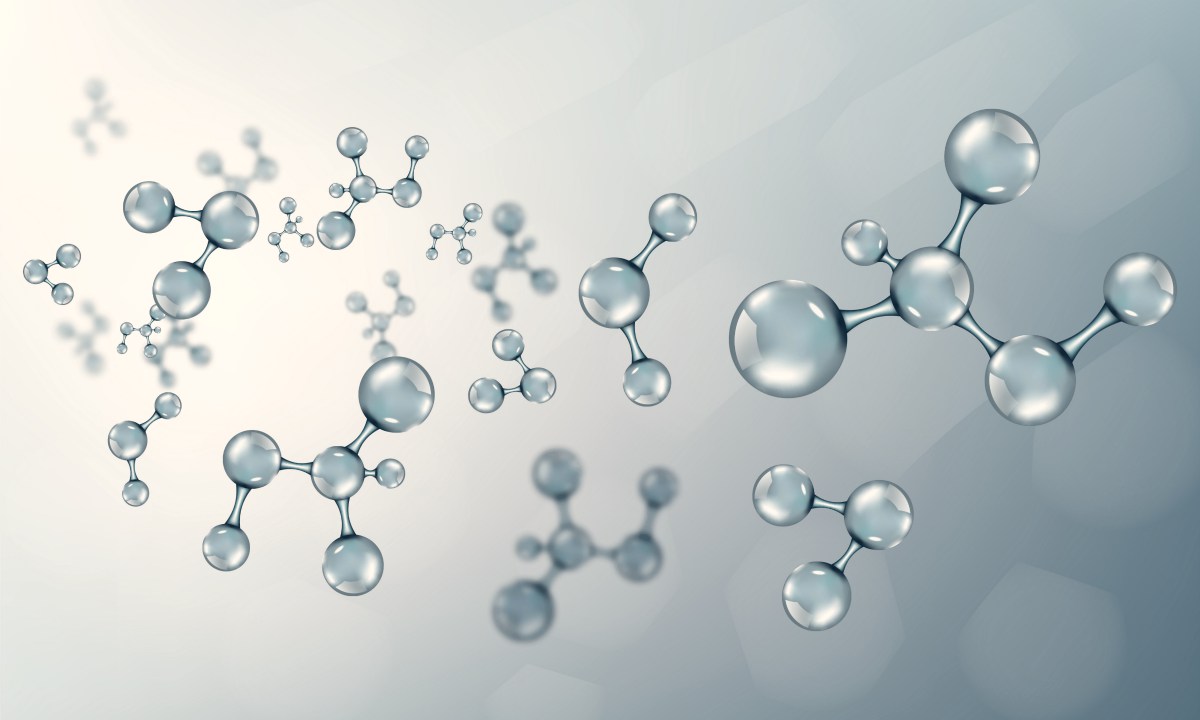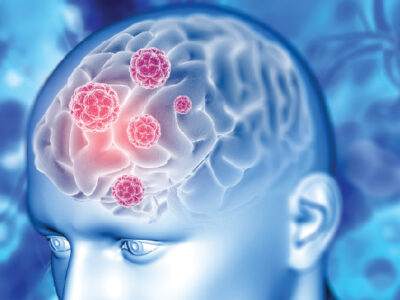
People looking for better ways to improve health, cognitive function, memory, their sex lives, and more and learning more about peptides. They are increasingly popular and offer great potential for their users. A lot of people often throw peptides and proteins together in the same category. While there are some similarities, they are also strikingly different.
At a very basic level, peptides and proteins are building blocks of cells that perform biological functions. Peptides are generally smaller than proteins, and affect the behaviors of other molecules, while proteins can perform larger functions such as giving cells their shape. If you are looking to buy research peptides online, you can do that at Peptide Sciences.
Both peptides and proteins are made up of chains of amino acids. They are chained together by what are called peptide bonds.
Understanding the difference between a peptide and a protein can help you better understand how each works and why they are so effective. Here’s some helpful information on what separates a protein and a peptide.
The Size Factor
Size is the biggest determining factor in whether something is a peptide or a protein. We’ve already mentioned that both peptides and proteins are made of amino acid chains. How many amino acids there are in each chain, though, decides protein vs. peptide. In peptides, for example, there are anywhere from 2 to 50 amino acids. Proteins are made of over 50 amino acids. Typically, proteins have a more organized structure to their amino acid chains. Peptide chains are more complex and take on interesting structures that affect their behavior.
The world of peptides is vast, so researchers have taken to breaking them down into subcategories based on their size. For instance, polypeptides are peptides with at least 10 amino acids. Peptides that form a circle with their amino acid chain are called cyclotides.
The Emergence of Peptides in Scientific Research
Peptides have been around for a long time. They are available in many over-the-counter beauty products aimed at reducing wrinkles and improving overall skin health. Products that include collagen are very popular to this day. However, in recent years, peptides have been the focus of a lot of scientific research. Researchers believe they offer great potential in treating a variety of conditions.
One of the reasons peptides are getting so much attention is that they are easily absorbed into the body. They are made of amino acids, so when the chain breaks down, there are fewer harmful effects to whoever is using them.
The short length of their amino acid chains also means that it’s relatively easy to make peptides synthetically. The lower cost of production means lower-cost products for consumers and medical patients.
In animal models, peptides have proven to be effective in weight loss, treating sexual dysfunction, increasing muscle mass, treating epilepsy, fighting addiction, and more.
Applications of Proteins
We’ve touched a bit on what peptides are and what they’re used for, but what about proteins?
Proteins provide overall support for the body. They are what moves atoms and molecules around. They also interact with bacteria in the body to form antibodies. If you read about the recent COVID-19 vaccines, many of them are based on science revolving around developing a spike protein that manufactures antibodies against the virus.
Proteins also help facilitate communication between cells and organs. They make it possible for chemical reactions to happen in the body for many critical bodily functions. Essentially, proteins are what give our body its shape and keep tissues regulated.










